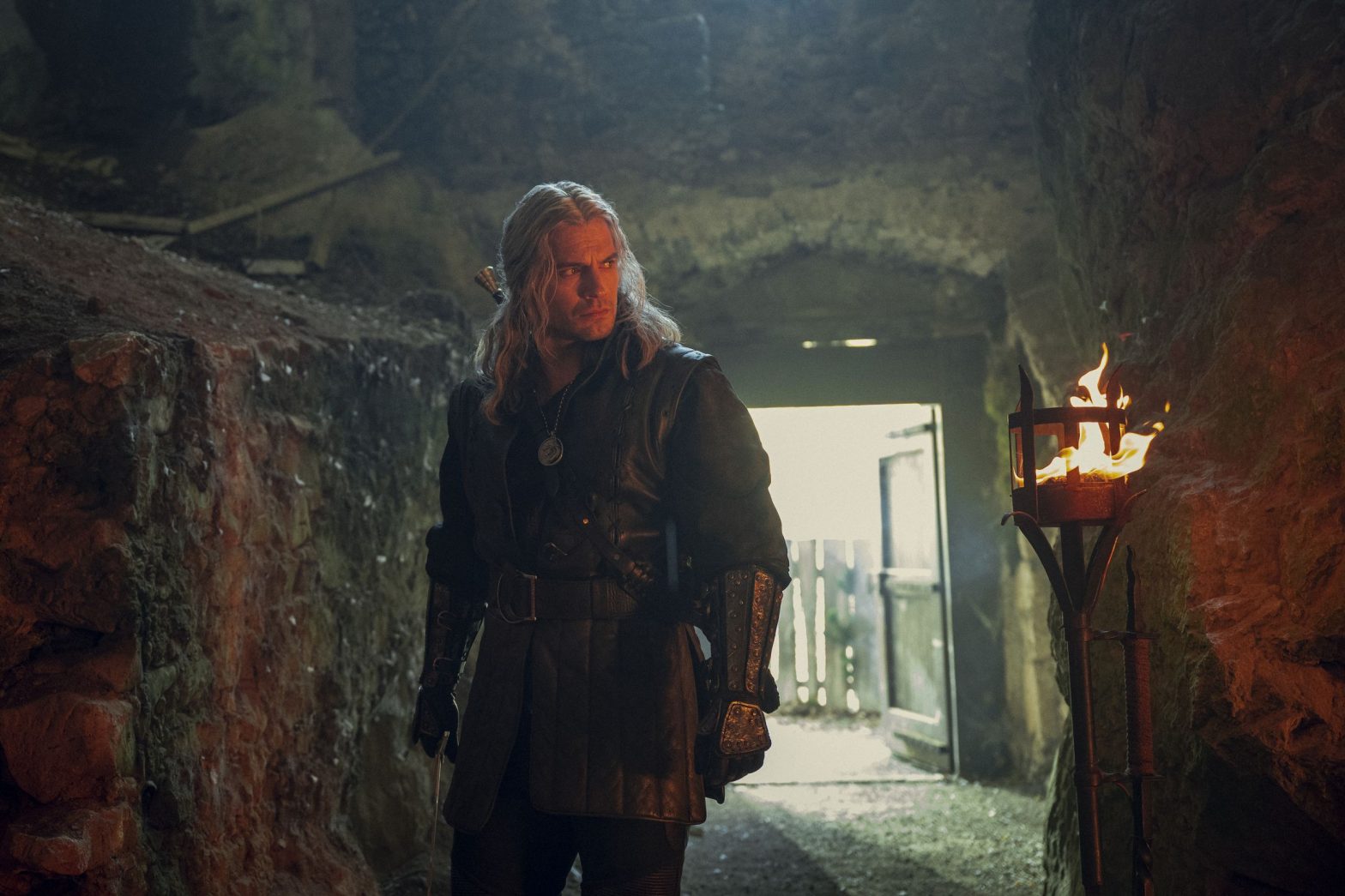/
The show’s producers explain the decision to divide the season into two parts, much like Stranger Things 4.
Share this story
:format(webp)/cdn.vox-cdn.com/uploads/chorus_asset/file/24753900/EE_302_Unit_00135_RT.jpg)
A trend seems to be brewing over at Netflix. After popularizing the binge-watch concept by releasing all episodes of a show at once, lately, the company has been experimenting with different ways of dropping series. The League of Legends spinoff Arcane, for instance, was turned into a three-week-long event, while Stranger Things 4 was split into two when it debuted last May.
Now we have The Witcher season 3: volume one will premiere this week, on June 29th, while the second will hit in July.
According to executive producer Steve Gaub, the decision was made in part due to Stranger Things — but it also wasn’t the plan from the beginning. Instead, during production, the team realized that The Witcher’s third season had a very natural midpoint that would make two volumes work well.
“That came up during the edit,” Gaub says of the decision. “That wasn’t written into the script; it wasn’t known when we were shooting. However, we did know what the season was, and there is a significant pivot point. And whilst we were in production, Stranger Things had come out, and they had split their season. And it was like, ‘well, that’s intriguing.’”
One of the long-running arguments for releasing episodes weekly is that it can create sustained discussion and attention. A show like HBO’s The Last of Us stays in the public consciousness week in and week out because fans flock to social media to talk about what happened as soon as an episode drops. That doesn’t happen so much when every episode of a season releases at the same time.
“In a streaming world, cliffhangers don’t really exist because you’re hitting play [right after an episode ends],” Gaub says. “You don’t get that satisfaction of the anticipation and discussion and chatting online. So we wanted to give that to the fans, and the story was there for us to do it.”
Given Netflix’s somewhat opaque viewership metrics, it’s hard to say whether this strategy has helped drive viewers. And it currently isn’t the default for big shows on the service, either — major releases like Wednesday and Bridgerton spinoff Queen Charlotte both used the all-at-once cadence. But it’s now an option if the structure suits the show. And that could include the upcoming season 4 of The Witcher, which introduces Liam Hemsworth as the new lead.
“Every season, every episode, we learn something new,” Tomek Baginski, another executive producer on the series, explains. “We learn a little bit more about the characters, the Continent, what works and what doesn’t work, also on a purely technical level. We are using all of those lessons in season 4, and there are several amazing cliffhangers there, so who knows? It’s an option, but it’s not decided yet.”
